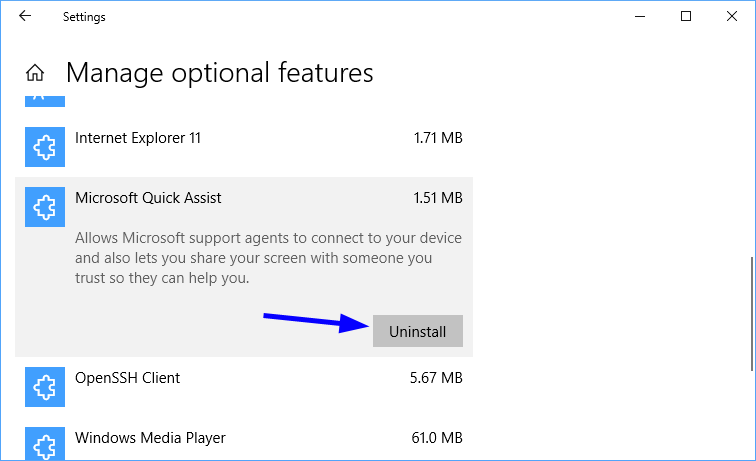Network administrators get a centralized view of the network with Cisco Network Assistant. They also have the flexibility to employ its features across Cisco products for small to midsize businesses or branch offices. Quick Assist is a Windows 10 app. It allows someone you trust to take over your computer and help you solve a problem. It allows someone you trust to take over your computer and help you solve a problem.
Back up your Mac
And your memories. A few simple steps can save you from losing your favorite photos and files.
Learn how to back up your MacMac service and repair
Learn about AppleCare+ and the Apple limited warranty coverage, start a service request for your Mac, and find out how to prepare your Mac for service.

How To Use Microsoft Quick Assist
Learn more about repairsGet AppleCare+ for Mac

With AppleCare+, you’re covered. Get accidental damage coverage and 24/7 priority access to Apple experts.
Have a question?
Ask everyone. Our Apple Support Community can help you find answers.
Ask the Apple Support CommunityMicrosoft Quick Assist For Mac Os
Tell us how we can help
Answer a few questions and we'll help you find a solution.
Get supportApple Service Programs
A problem since Windows Vista was launched is that when you remote control another user and try to elevate to Administrator, using for instance Quick Assist which is built into Windows 10 or TeamViewer, the screen on the admin side will freeze. This is due to UAC Secure Desktop feature kicking in.
The solution is to turn this secure desktop feature off, lowering security a little but at hardly no risk.
Configuration via Intune (MDM)
Create a Configuration Policy >Endpoint Protection and go to Local device security options >User account control. Set the setting Route elevation prompts to user’s interactive desktop to Enabled.
Microsoft Quick Assist Download

Microsoft Quick Assist For Mac
Configuration via Group Policy (GPO)
Microsoft Quick Assist For Mac 2019
In the GPO editor, go to Security Settings >Local Policies >Security Options >User Account Control: Switch to the secure desktop when prompting for elevation to Disabled
